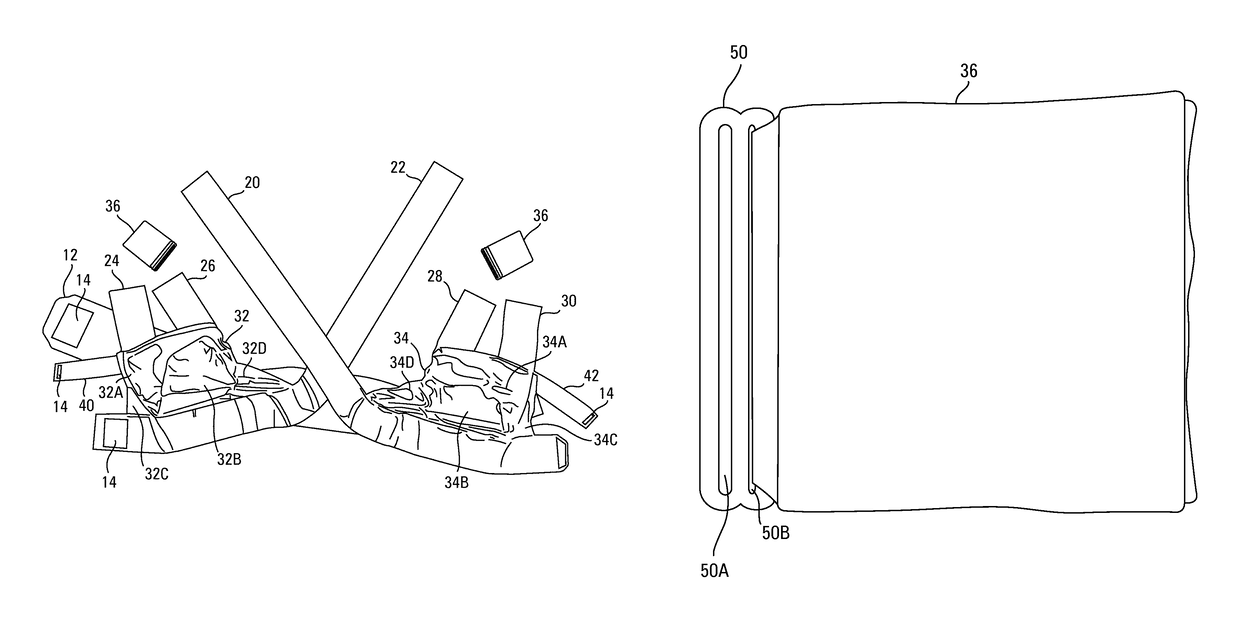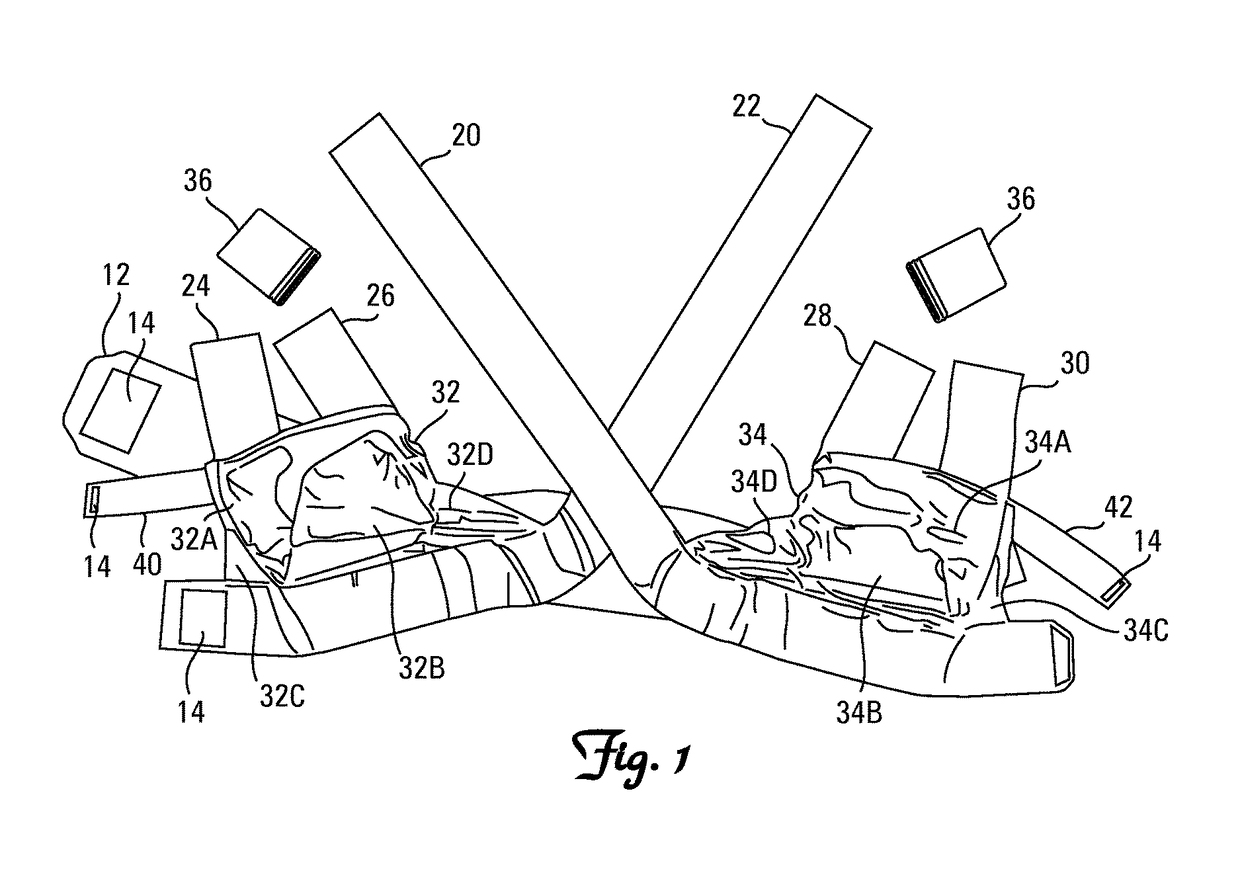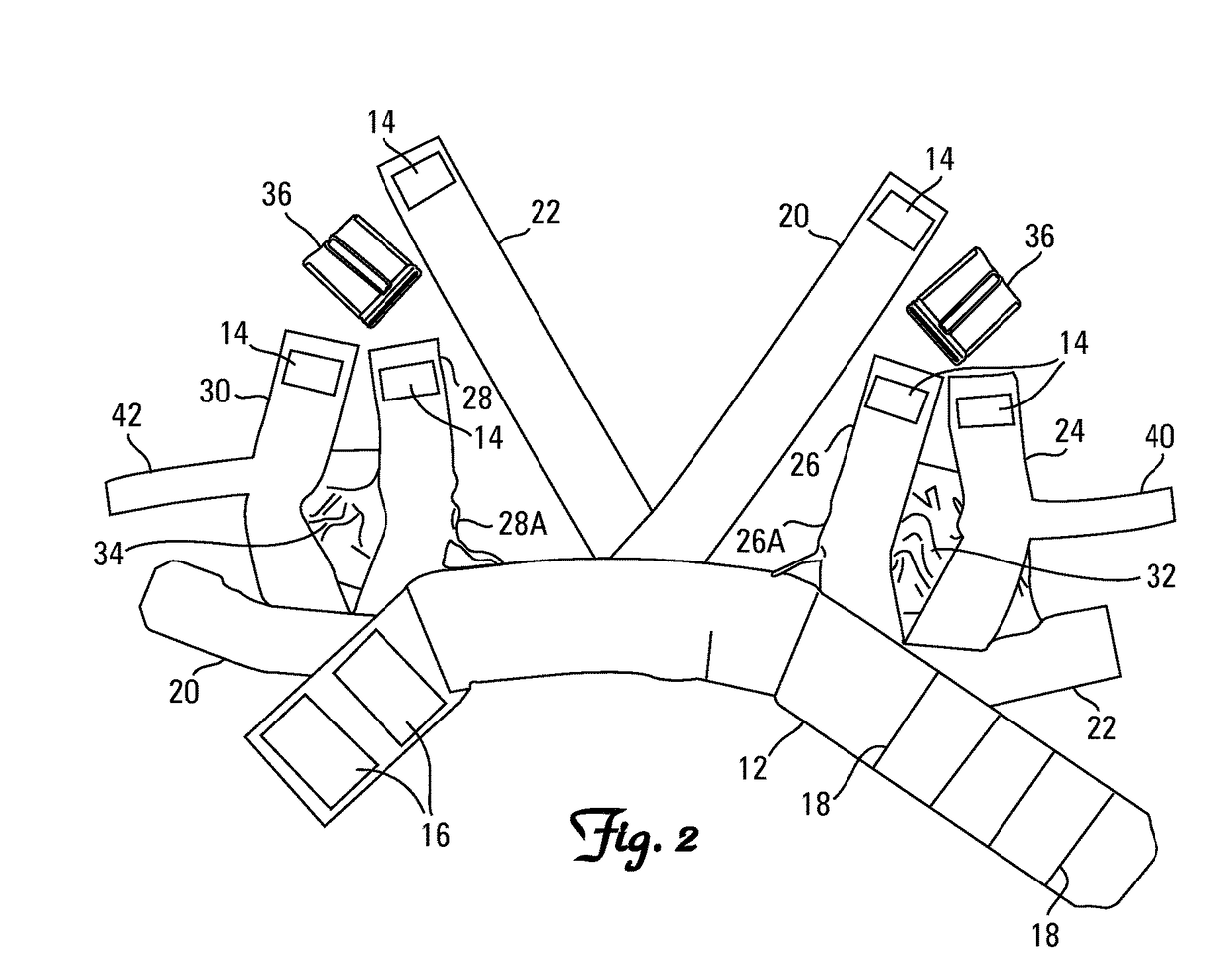If the sternum bone closure is not stable, the
soft tissue of the sternum wound may not be strong enough alone to support the sternum in case of excessive strain as during coughing, sneezing, exercises, or sudden movements involving the patient's upper extremities.
Postoperative pulmonary complications (PPC) after sternotomy are complex and not well understood.
Postoperative pulmonary complications and persistent pain add costs per patient of $28,000 and $6,000 respectively, however, since the rate of incidence is much higher, these complications represent a significantly higher economic burden on the health care
system.
Women who need medium bra cups have a 12.3% higher risk for sternal
wound infection.
Following thoracic surgeries and in particular surgeries requiring access through the sternum bone, women in general, fuller-sized women in particular, and obese patients more in particular, encounter a significantly higher risk for postoperative complications such as sternal and pulmonary infections, as well as additional pain and
wound healing complications caused by strain on the sternum bone from the weight of the
breast tissue, and from the additional
internal pressure caused by coughing, sneezing and straining e.g. during bowel movements and / or excessive and wrong use of upper extremities too early after
surgery.
Such pulling force causes significant stress on a fresh sternum wound and on the two halves of the sternum bone that after
surgery are only held together on the inside by surgical stainless steel wires, bands, plates or similar devices.
The weight pull from the
breast tissue will draw the two wound edges away from each other and may cause the
skin sutures to
cut through the
skin and wound edges, breaking the wound open.
Such open or partially open wound will increase the risk of wound infections, wound deformations, deeper wound rupture and cause additional pain.
In an even worse
scenario, the pulling force from heavy
breast tissue will cause the sternum stainless steel wires, bands or plates to
cut into or through the sternum bone.
This will cause pain, sternum dehiscence, and significantly increase the risk for deep sternal wound infections, all which are very severe postoperative complications with
high mortality rates and very high costs to cure.
Such sudden increased thoracic pressure will cause additional stress on the sternum bone closure from the inside and increase the risk for rupture of the sternum closure, particularly if the sternum is unsupported from the external side.
Such squeezing pressure on a wound will encapsulate the wound and generate heat and
moisture, which can cause
bacterial growth and result in severe wound infections.
Additionally, squeezing a wound, and in particular a sternum wound, disturbs the natural healing process, and may result in deformation of the wound, which leaves an esthetically, unattractive scar in a highly visible place on a patient's chest.
This may be a psychological problem for the patient postoperatively, and in particular, it may be a psychological problem for women postoperatively.
Wound inspection and care represent particularly a problem in obese patients and fuller sized women, since the support of breast tissue is interrupted during such wound
exposure.
The gravity force will pull, cause pain and stress on the wound during care, whereby the risk of postoperative complications may increase.
In addition,
wound care of sternotomy patients with
exposure of breasts may represent an issue for women of different ethnical origins.
However, the surgical chest dressing described is squeezing a patient's side and breast tissue towards the center, whereby a wound in the thoracic area, and in particular a sternal wound, will be exposed to excessive pressure and heat-moist generation from the two breasts being pressed towards each other causing discomfort and pain for a woman with a fresh
surgical wound, and in particular for obese and fuller-sized women.
Such excessive pressure, heat-moist generation will result in increased potential for wound infections and other complications related to
wound healing, as well as scar deformation.
These are all complications that will lead to increased health care costs.
Furthermore, there is no means for a continuous external support to the sternum in this device.
However, while the brassiere may remain closed during
wound care, there is no means to position the breast tissue to prevent
gravitation to the sides, or to prevent the breast cups to squeeze the breast tissue towards the center.
This will cause extra pulling stress and / or squeezing on a sternal wound and cause discomfort and pain for a patient, and in particular for obese patients and fuller-sized women.
Such wound stress can result in increased infection and complication rates, which will lead to increased health care costs when treating such complications.
However, the brassiere has no means to stabilize the breast support cups and prevent
gravitation to the sides or to prevent squeezing of the breast tissue towards the center.
This will cause pulling stress and / or squeezing on a sternal wound and cause pain and discomfort for a fuller-sized woman, and in particular for obese patients.
Such wound stress results in increased infection and complication rates, which will lead to increased health care costs when treating such complications.
However, since they are designed for sports activities, they are generally not suitable for postoperative use and do not meet the specific needs both patients and health
care personnel require after
surgery.
Furthermore, sports bras and brassieres have no means for a continuous external support to the sternum.
These “facings” have no means to be adjusted and are too thin to give support or direct the position of a breast.
Such compression brassieres have drawbacks and are not suitable for postoperative use after interventions inside the
thorax, e.g.
cardiothoracic surgery, since these devices are designed to compress the breast tissue with the aim to eliminate or reduce swelling caused by accumulation of
lymph fluids after a surgical intervention in the breast(s), and / or to press downward newly inserted breast implants.
A drawback for cardiothoracic patients using compression brassieres is that the breast tissue is compressed inwards, thereby squeezing and spreading the breast tissue over the
thoracic wall in all directions.
Such compression is very uncomfortable and painful and may cause healing complications for the wound, and in particular for a sternal wound, which will be exposed to undesirable
high pressure and heat-
moisture generation.
This will increase the rate of wound infections and wound deformations.
In particular, such undesirable
high pressure on a sternal wound will increase the rate of wound complications in obese patients and for fuller-sized women.
All postoperative complications lead to increased health care costs, when they need to be treated.
Furthermore, these devices have no means for a continuous external support to the sternum.
While the device described obviously cannot be utilized for patients having had a sternotomy, it aims at “supporting and positioning” the breasts.
However, there is no means to prevent
gravitation of the breast tissue to the central or the lateral sides.
Furthermore, the adjustable shoulder straps that are attached to a panel for elastically compressing the sternum tissue between a woman's breasts only pull a panel upwards and cannot support or direct a breast in any direction.
 Login to View More
Login to View More  Login to View More
Login to View More 


